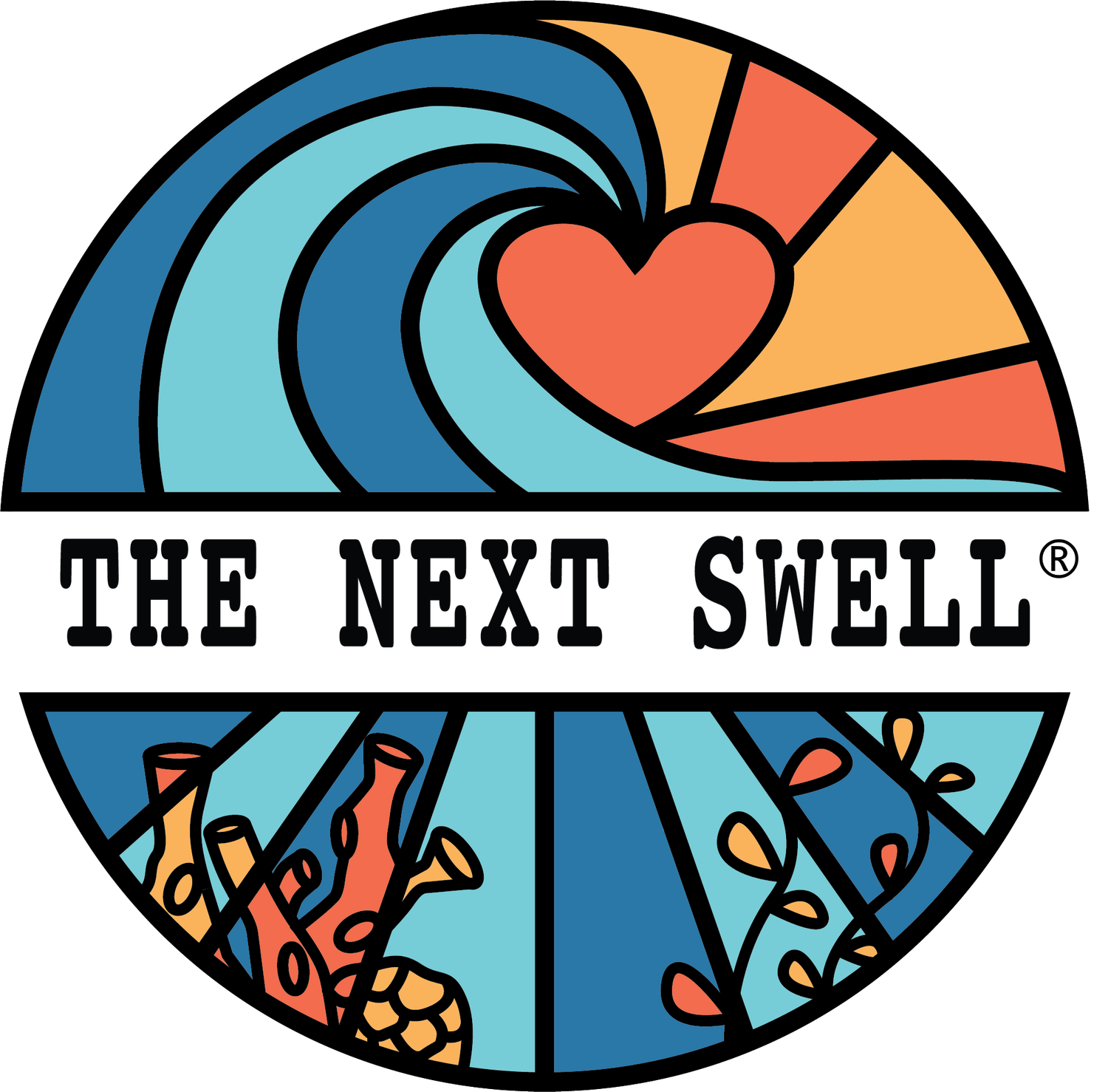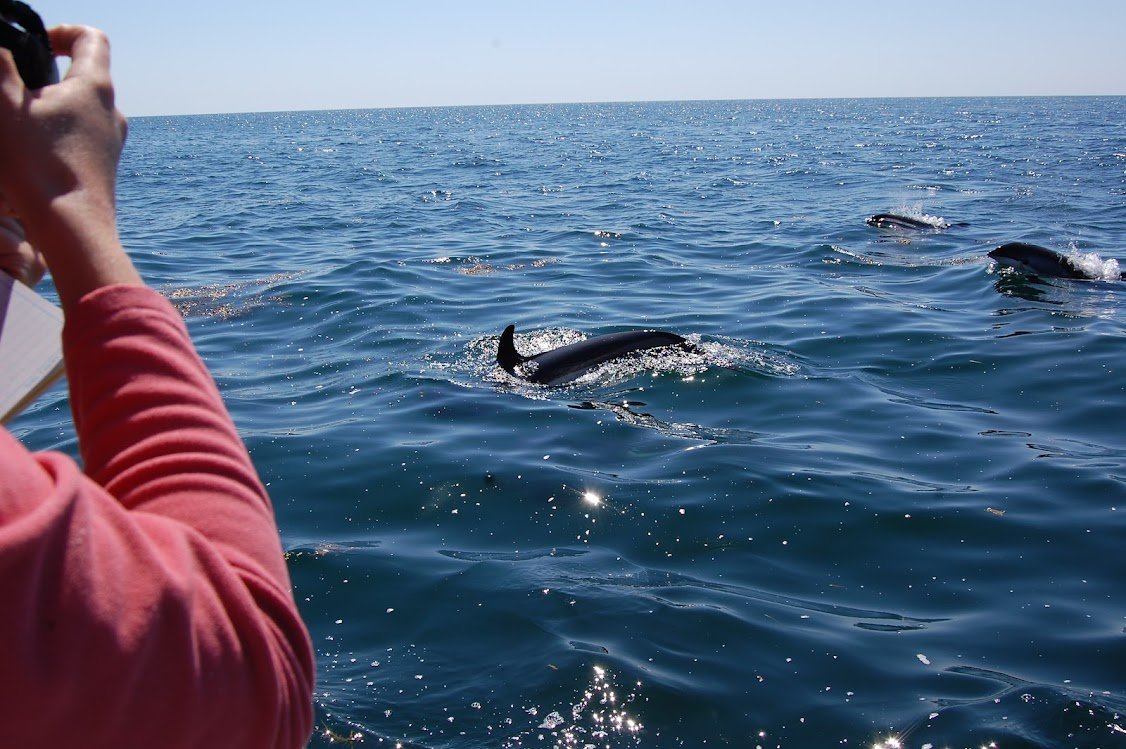Community Science!
The other day, someone posted a photo of a box turtle on one of the wildlife groups I am a part of on social media. It was a healthy turtle, but someone commented that they should report the turtle and provided a link. The OP asked what I think is a highly valid question…why should I report this turtle?
The answer is citizen or community science! (I kind of like the word choice of community science a little better.) This is when scientific data is collected through the assistance of members of the public that can help answer important research questions. Often the volume of data from these efforts could never be achieved by the scientists in a particular organization alone.
Take the box turtle example…my guess is there is probably only a handful of folks in Virginia who need data on box turtles, and they alone can only do so many surveys to find turtles. However, if everyone who goes hiking, sees one by the side of a road, or finds one in their backyard and takes a few minutes to report the turtle, then we can learn a lot about box turtle distribution that we couldn’t otherwise. (Here’s a website to learn more about community science).
Now, I am no expert in box turtles and didn’t realize there was a community science portal in my state to report them (this is the link if you’re in the great state of Virginia, USA). This got me thinking, though…how many more people would participate in community science if they knew it existed? So, I wanted to do my part to raise awareness for some great marine-oriented community science portals. Below are a few to get you started in helping with these efforts.
If you’re an aspiring scientist, think about why these portals exist and why they ask for the data they do. What questions could be answered with this data?
Worldwide:
JellyWatch: JellyWatch, run by the Monterey Bay Aquarium, invites people to report sightings of jellyfish and other gelatinous organisms. This helps scientists monitor jellyfish blooms and their global distribution.
iSeahorse: iSeahorse is a project by Project Seahorse that allows individuals to report sightings of seahorses and their relatives (syngnathids) worldwide. This data helps researchers understand seahorse distribution and habitat preferences.
CoralWatch: CoralWatch involves volunteers in monitoring and tracking the health of coral reefs worldwide. Participants use specially designed color charts to assess the bleaching and overall condition of corals in their local areas and contribute data to a global database.
eBird: While not explicitly marine-focused, eBird is a global citizen science project encouraging birdwatchers to record and submit bird sightings. Many bird species, including seabirds, are part of coastal and marine ecosystems, making this data valuable for researchers studying avian populations and migration patterns.
iNaturalist: While not specific to marine life, iNaturalist is a popular platform where citizen scientists can record observations of marine species they encounter. Users can contribute to a vast database of marine life records that helps researchers and conservationists.
Nationwide (USA):
Marine Debris Tracker: This project, led by the NOAA Marine Debris Program and the University of Georgia, encourages users to track and report marine debris they encounter, including plastics and other pollutants, through a mobile app. It helps researchers gather data on the distribution and types of marine debris along the coastline.
Pacific Northwest, USA:
Coastal Observation and Seabird Survey Team (COASST): COASST, based at the University of Washington, engages volunteers in monitoring beached birds along the coast. Participants collect data on the species, abundance, and condition of beached birds, contributing to long-term ecological research.
Phytoplankton Monitoring Network: The National Phytoplankton Monitoring Network (PMN) is a community-based network of volunteers monitoring marine phytoplankton and harmful algal blooms (HABs). The PMN enhances the nation’s ability to respond to and manage the growing threat posed by HABs by collecting essential data for species composition and distribution in coastal waters and creating working relationships between volunteers and NOAA HAB researchers, and state managers.
East Coast, USA:
The North Carolina King Tides Project: This project, led by the North Carolina King Tides Initiative, involves citizens in documenting and photographing extreme high tide events along the coast. These images help visualize the potential impacts of sea-level rise on coastal communities.
Chesapeake Bay Dolphin Watch: The Chesapeake Biological Laboratory, the University of Maryland Center for Environmental Science, studies how often dolphins come into the Chesapeake Bay, how long they are there, and what areas of the Bay they use and why.
Hawaii
Oceaneyes: community scientists can help review images from annual bottomfish surveys, tagging and identifying all the fish they see. Scientists can then use those data to train advanced artificial intelligence (AI) tools to look at different ways of counting fish in video. The data can also be used as information for stock assessments.
This list is not comprehensive, so check out what other community science projects you can contribute to in your area!

